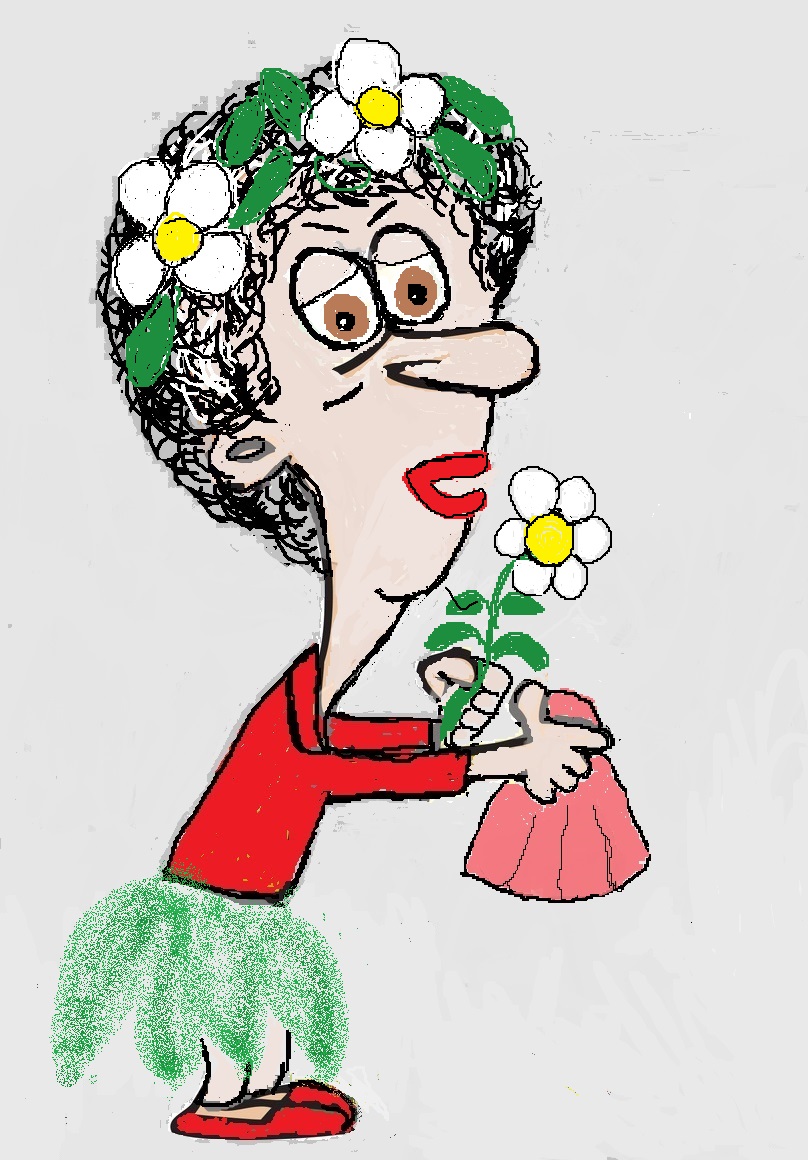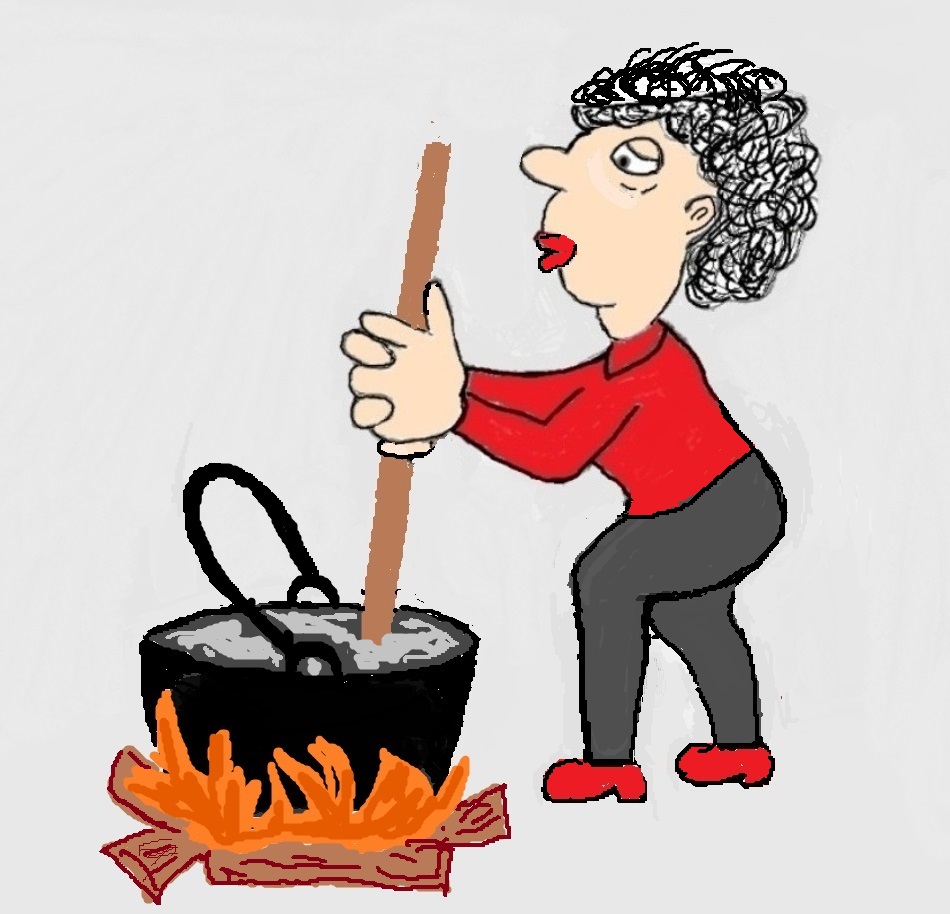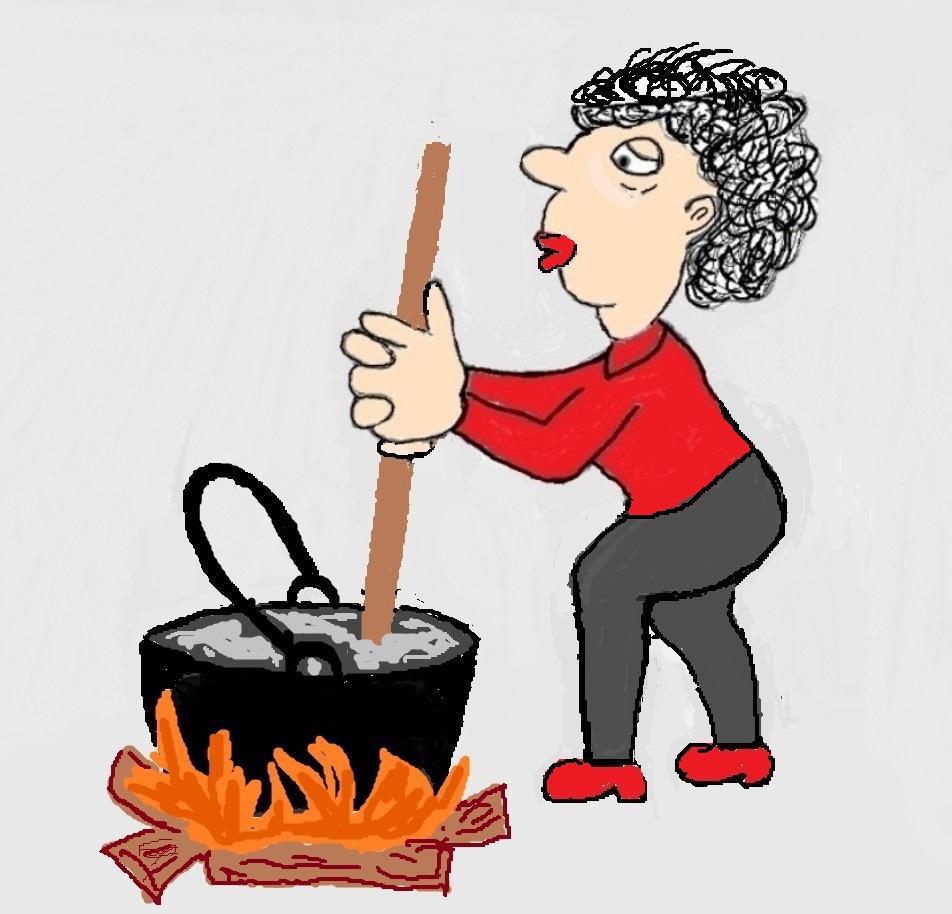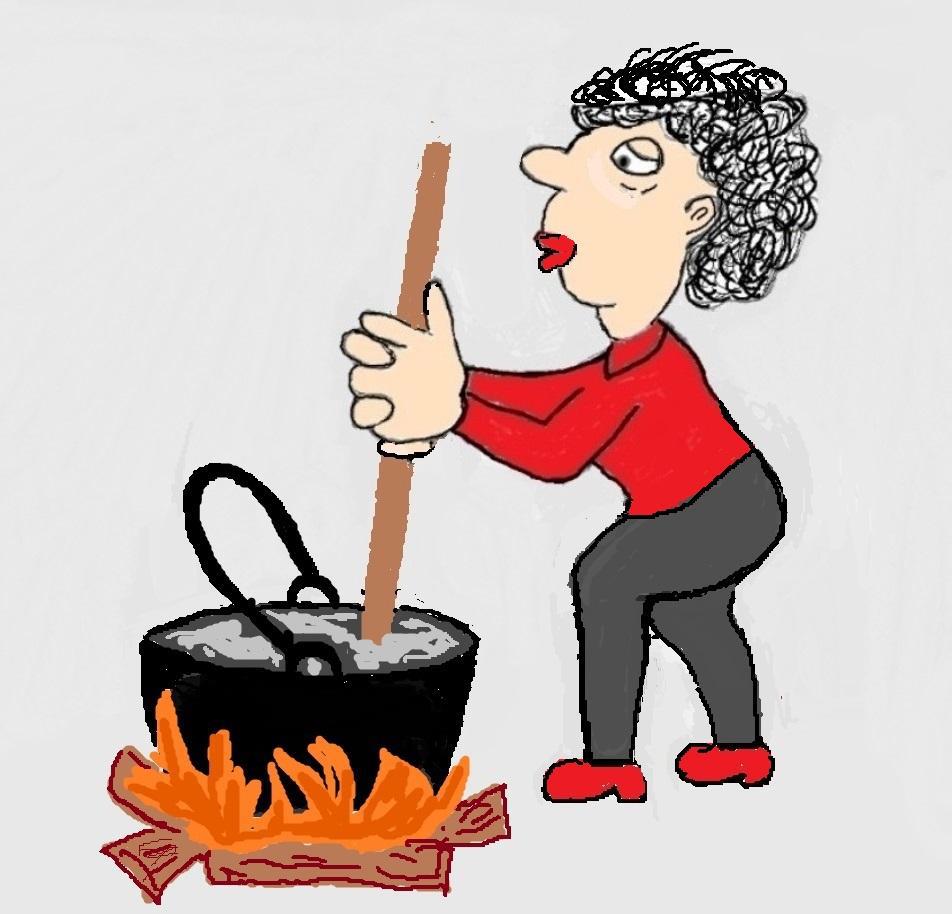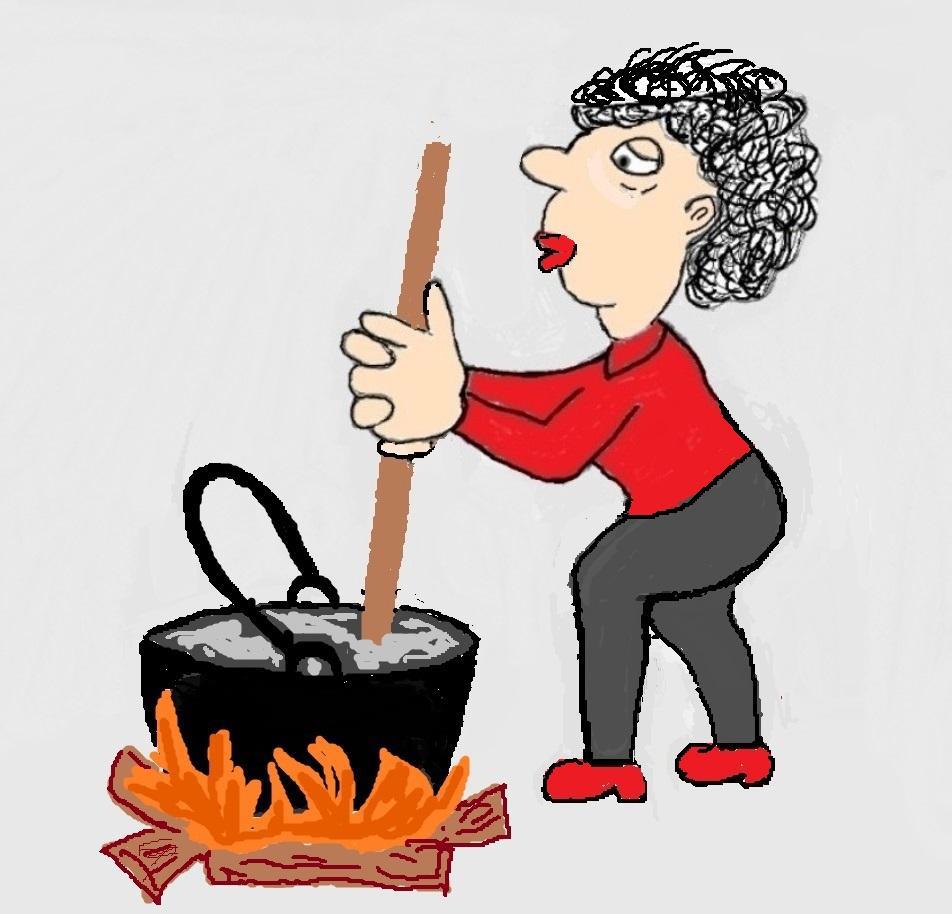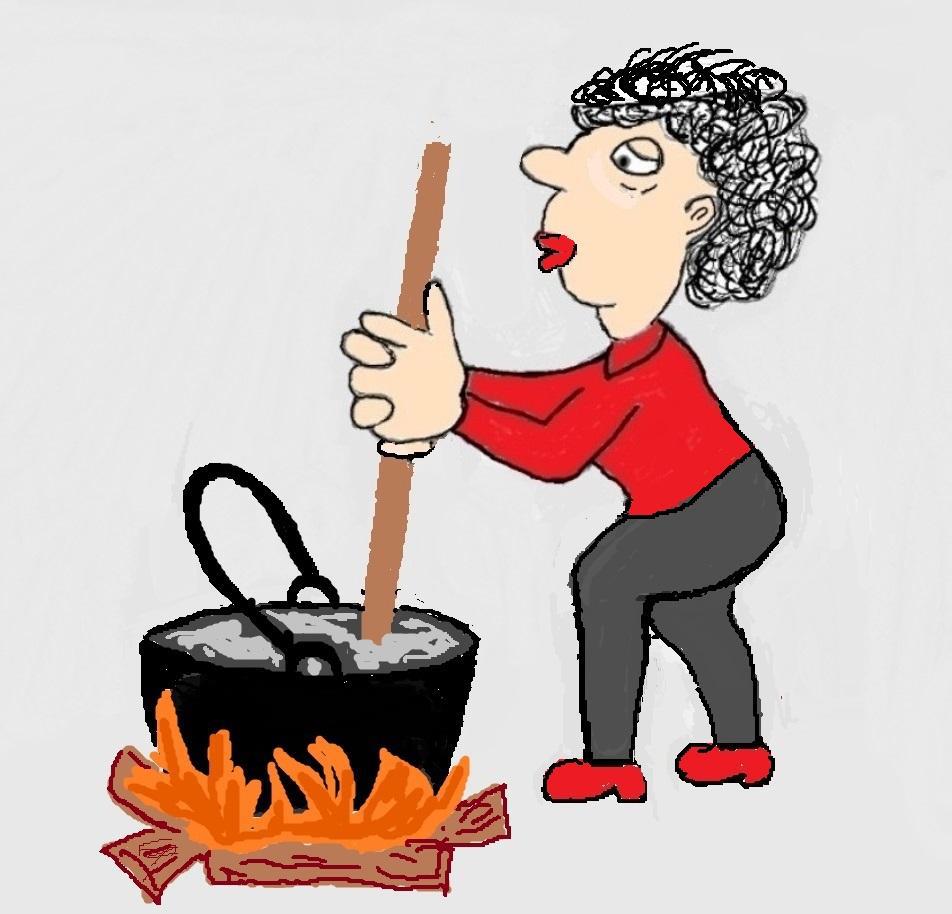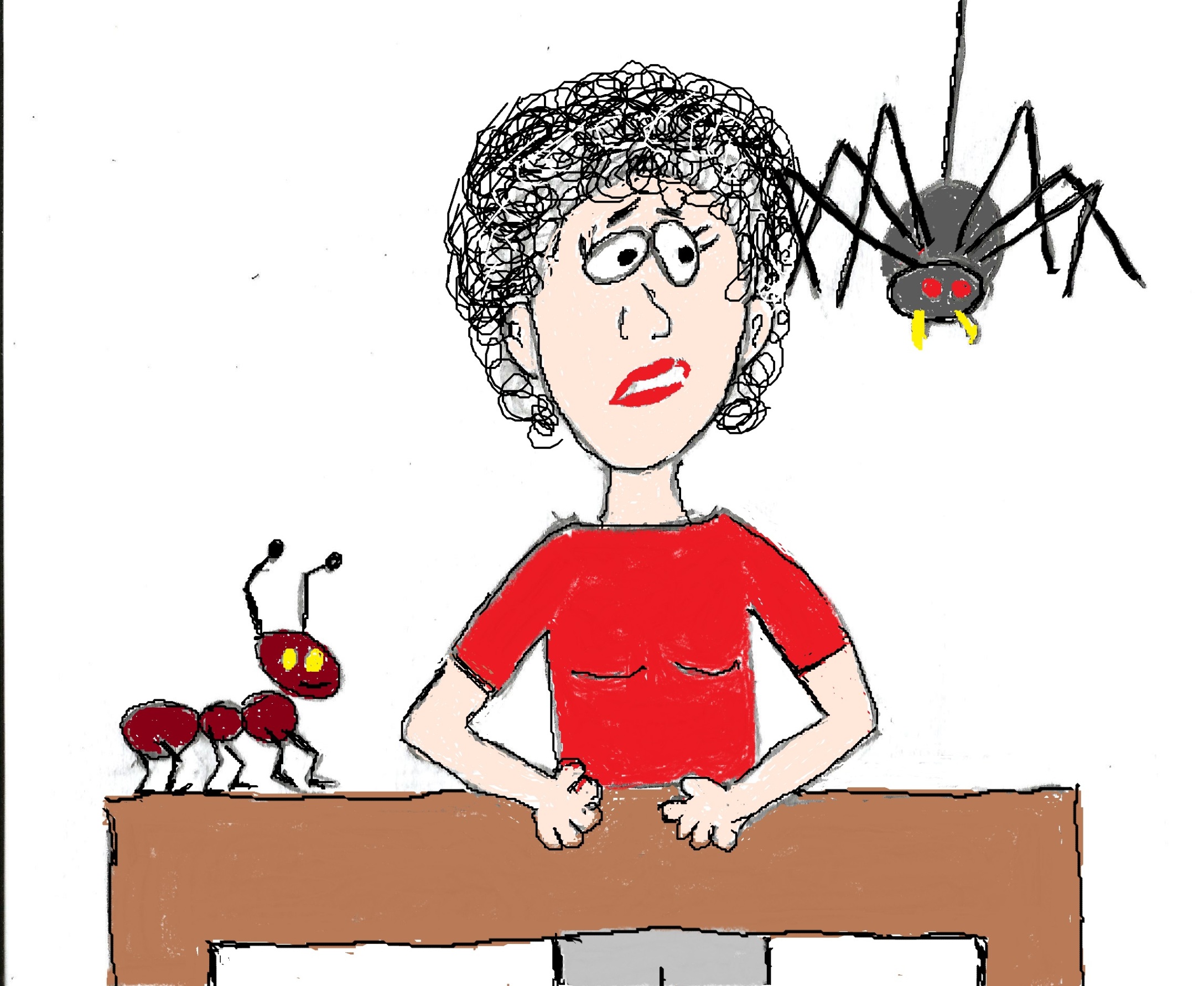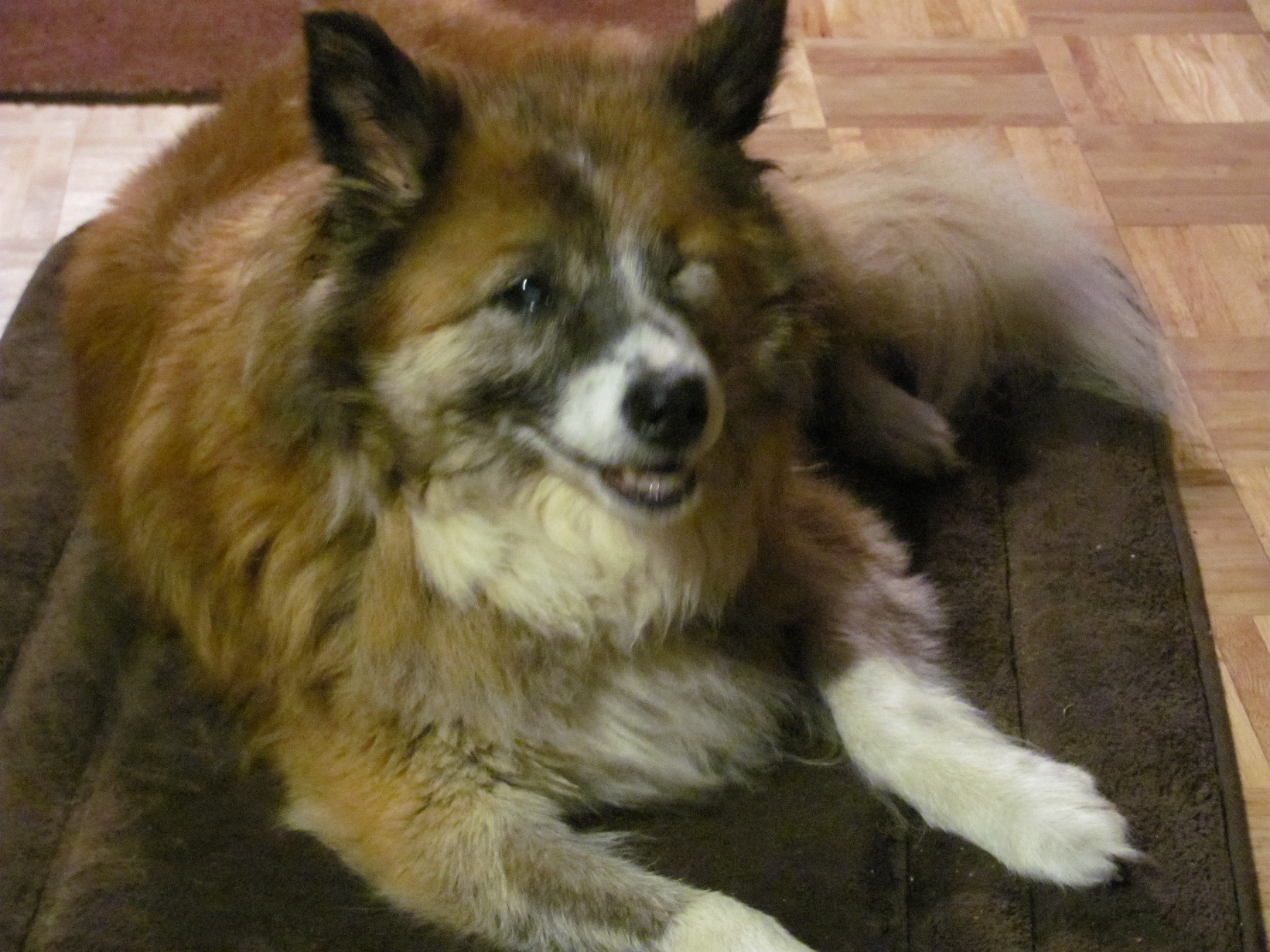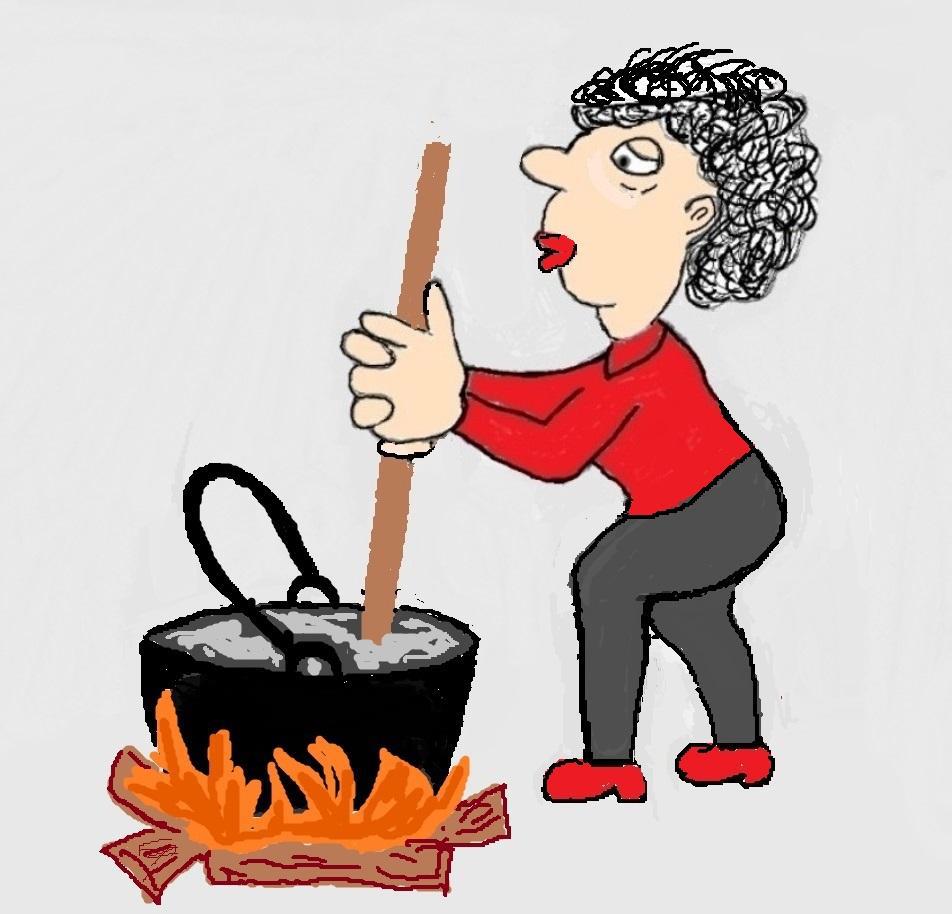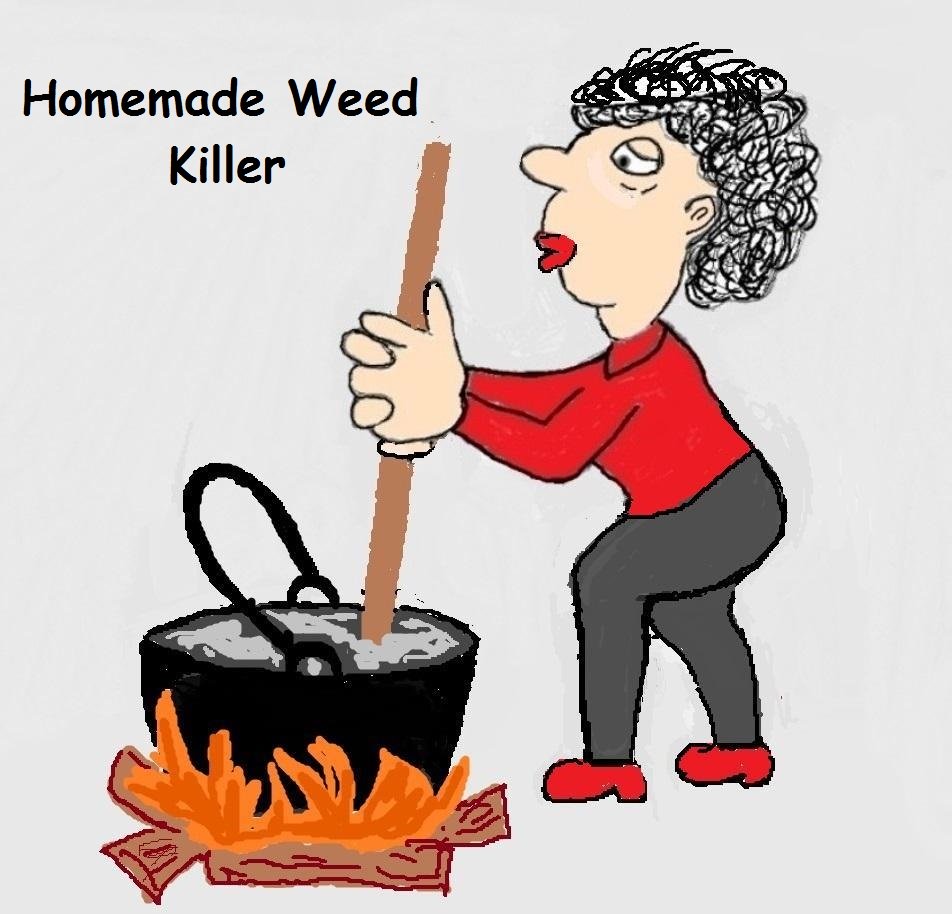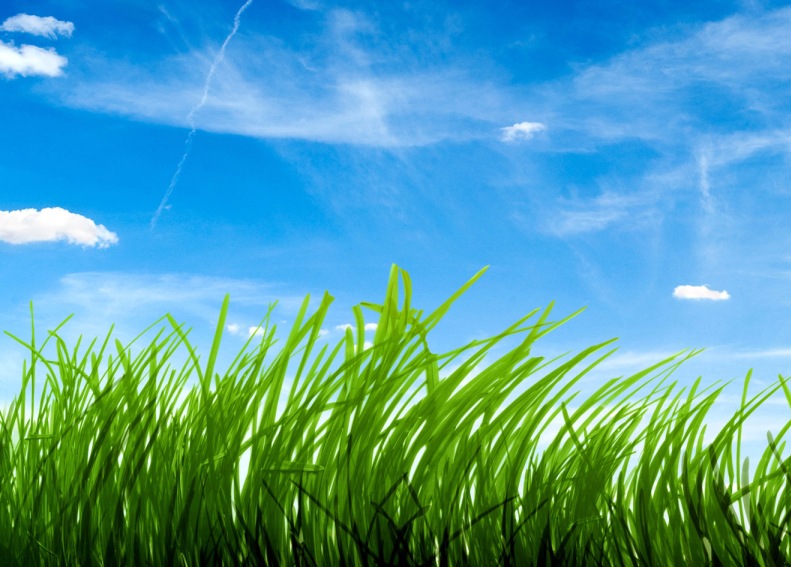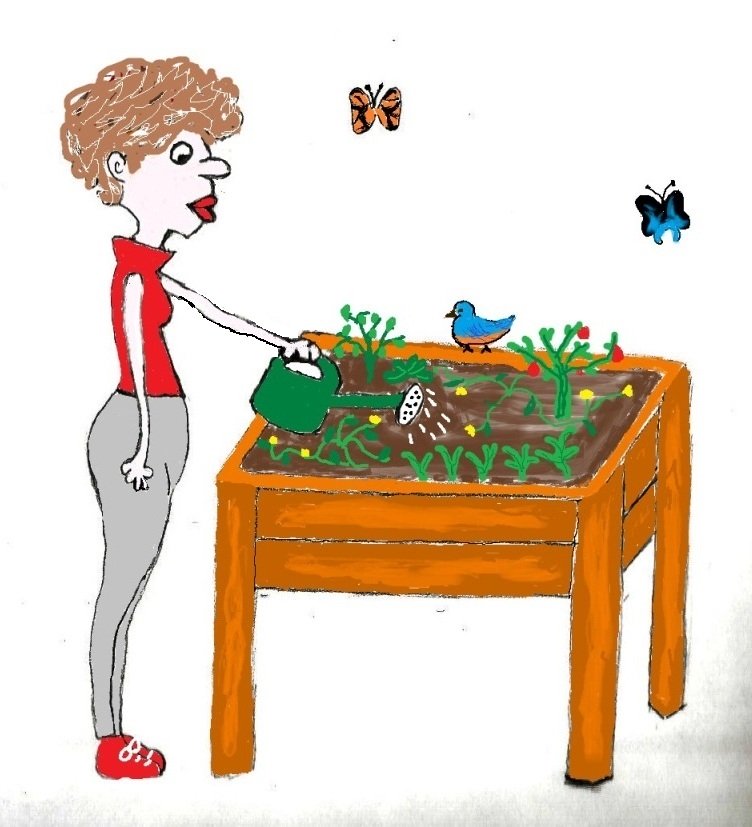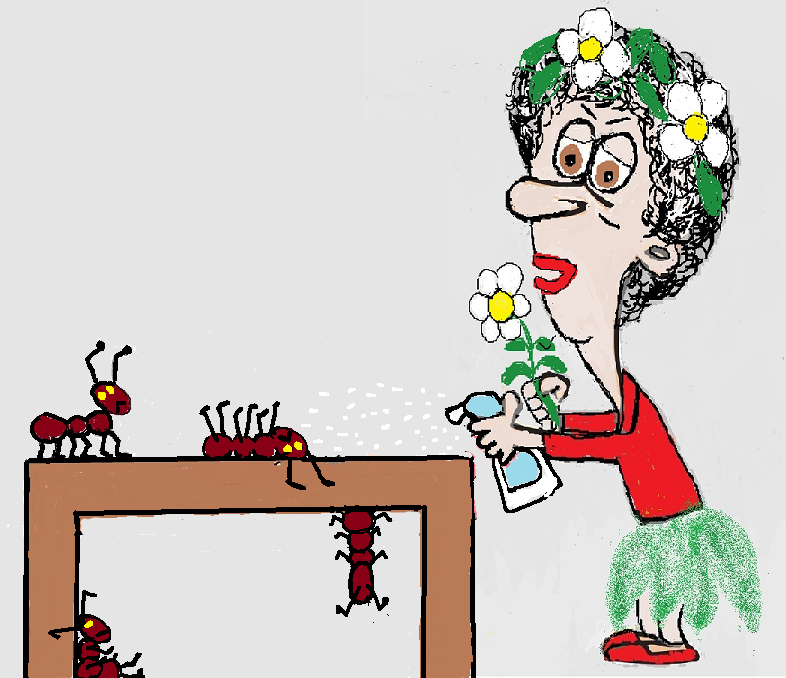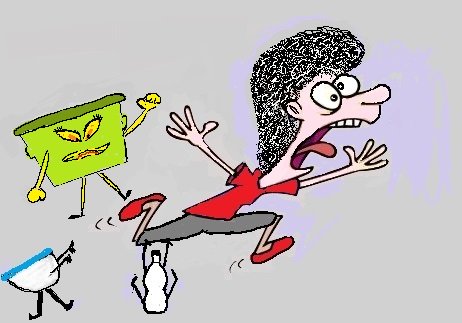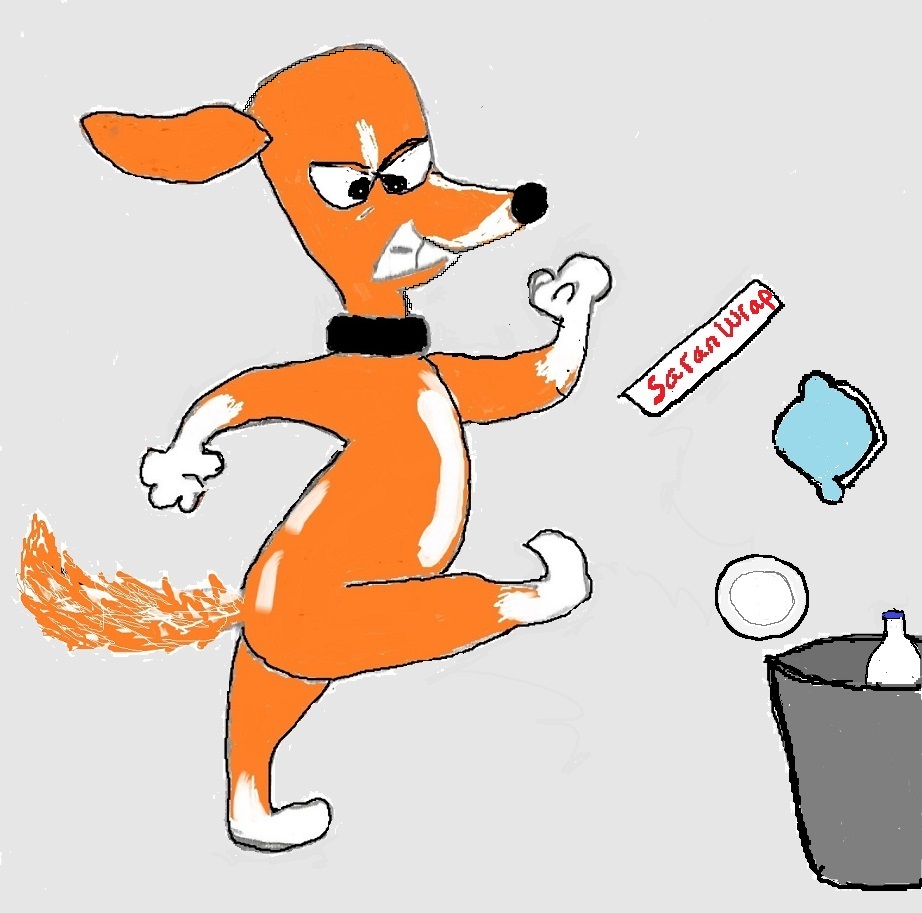- Home
- Non Toxic Home
Non Toxic Home
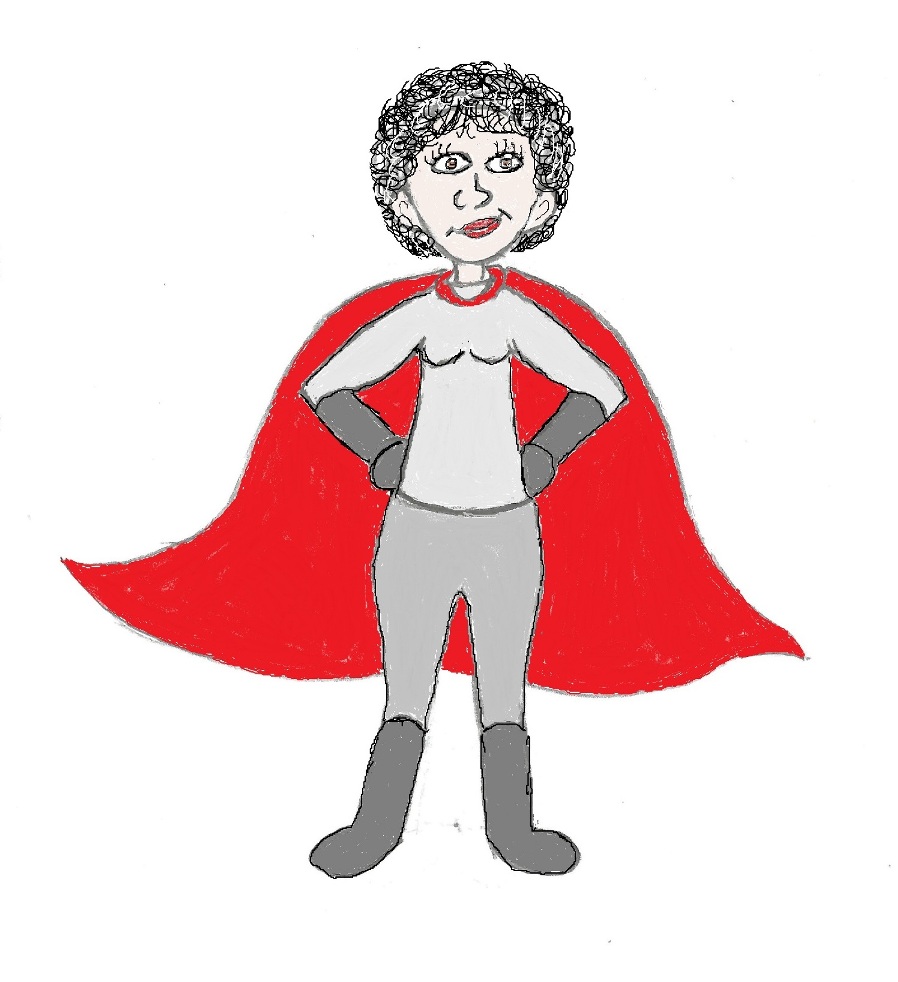
Creating a Non Toxic home is an extremely important goal. Because everything
from air fresheners to vinyl flooring, pesticides and foam furniture in your home can
expose you to toxic chemicals that affect your health.
This
section of Non Toxic for Health provides fabulous options and ideas for creating non toxic homes.
Creating a non toxic home, or at least a less toxic home, requires understanding one important point. And that is, most products you use in your home have the potential to emit toxic chemicals into your indoor air. Once in the air, you inhale them and in some cases absorb them through your skin.
The major sources of toxic chemicals that create indoor air pollution in your home are:
- Scented products,
- Cleaning products,
- Pesticides,
- Plastics, especially anything made with vinyl
- Other high VOC products like paint and stain and water resistant coatings like Scotchguard
- Furniture treated with flame retardants
If you want to create a less toxic home there are ways you can improve your indoor air. The first and best way, is to reduce the sources of indoor air pollution.
And by that I mean, you need to shed your toxic products habits. Because as I just said, the products you use in your home have a huge impact on the toxic chemicals in your indoor air.
The good news is, these toxic household products can all be replaced with less toxic options to improve your indoor air and create a non toxic home. And some toxic household products really aren’t necessary, so the simplest non toxic solution is to stop using them. Scented products fall into the ‘really don’t need’ category.
Go Fragrance Free
Scented products, especially air fresheners, are a major source of toxic chemical exposure in your home. Fragrance chemicals are found in everything from personal care to laundry products.
They were originally added to cover the smell of chemicals, but now we can't seem to live without scented soap, creams, cleaners, fabric softeners, candles and cosmetics.
I never really understood why synthetic fragrances are so popular. Personally, I think they smell awful. Lavender smells great. Fake lavender scent doesn't.
On the rare occasion I have to go down the aisle of cleaning supplies at my grocery store, I have to hold my breath. All those synthetic smells give me a headache.
Does your home really need to smell like an ocean breeze or a field of lavender or a woodland meadow? Advertisers would like you to believe that.
What does clean air smell like? In reality, clean air has no smell - zero, zip, nada. Your home and clothes are not any cleaner because you mask odors with fragrance.
So, the best non toxic solution is to avoid products with fragrance. Read labels and avoid cleaning and laundry products (and personal care products) that include fragrance.
But if you’re not ready to take the scent-free plunge, use nontoxic options to freshen your homes air.
- Put vodka in a spray bottle and spray around your home to get rid of musty odors. Add 20 drops of essential oil for scent (note- essential oils also release VOCs).
- Simmer herbs in a small simmering pot.
- Set bowls of baking soda or diatamaceous earth around your home to freshen the air. I hide mine in pottery.
- Grow a cutting garden in the summer and fill your home with the scent of fresh flowers.
- Dust with a damp rag and vacuum often.
- Open your windows and venilate your home when the weather permits.
I also found a couple of air fresheners that you can buy that are safer to use than most. The Honest Co. Air and Fabric Freshener lists all of its ingredients on the website. It's won a safety award and does not contain phthalates.
The second option is Earth Friendly Products - Unifresh Vanilla Air Freshener. It's the only air freshener that received an A rating by Environmental Working Group.
Check out these articles for more 'going fragrance free' inspiration. How Many Chemicals Does It Take To Make An Ocean Breeze and Why Fabric Softener is Unhealthy and Unnecessary.
Use Non Toxic Household Cleaners
Many of the toxic ingredients in cleaners are volatile. That means they evaporate easily (VOCs) into your air. You can also absorb the toxic chemicals in cleaning products through your skin. To learn more about the toxic chemicals in household cleaners click here.
Fortunately, it's an easy and cheap fix to clean up your cleaning routine. Especially if your non toxic cleaning products are homemade. This is especially important for the most toxic cleaners, like carpet, disinfecting and oven cleaners.
And something to avoid, even in non toxic cleaners, are citrus and pine oils. These terpenes react with the ozone in your home’s air to create particle pollution and formaldehyde (a carcinogen).
A few simple ingredients, like baking soda, vinegar, hydrogen peroxide, Dr. Bronner's Pure-Castile Soap or Dr. Bronner's Sal Suds Liquid Cleaner are all you need.
For easy and effective homemade recipes check out my Best Non Toxic Cleaners guide.
But if you like the convenience of store bought, use fragrance free products. Any of the Attitude Cleaners are great non toxic options. Seventh Generation Free and Clear cleaners are an OK option. But some of their products use questionable synthetic preservatives.
Green Shield Organic All-Purpose Cleaner is an all-purpose option. And for germs, Seventh Generation Disinfecting Multi-Surface Cleaner, Lemongrass Citrus is the only disinfectant rated A by Environmental Working Group.
Additional non toxic options for the bathroom are Earth Friendly Products Shower Cleaner and Fit Organic Lime, Calcium & Rust Remover.
Switch To Non Toxic Pesticides
I am always looking for ways to convince people to go synthetic pesticide free. Creating a non toxic home is a stellar reason. Ya can’t be spraying Raid all over the place because you see an ant in your house. And a few dandelions in your yard is NOT a good reason to cover it with Weed-n-feed.
The great news is, using natural pesticides and living a synthetic pesticide free life is possible. I know, I’ve been doing it my entire life.
In that time, I’ve managed to grow nice lawns and flower gardens and productive vegetable gardens and keep my house from being overrun by pests. I’ve lived places like the Eastern Shore and southwestern Virginia, and on a mountain, all places where there are no shortages of pesky critters.
There are plenty of less toxic ways to control pests. Wondercide, for example, is an all-purpose natural insecticide that's effective on both indoor and outdoor pests. Diatomaceous earth is a safe way to control insects like fleas and ants.
For all the essential info you need on non toxic pest control check out these posts.
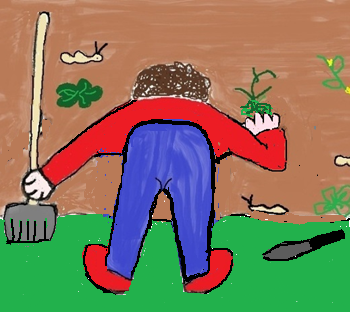 Non Toxic Weed Killer Non Toxic Weed Killer |
Ditch Plastics And Vinyl
A non toxic home isn’t filled with plastic and vinyl. Plastic items are a big source of indoor air pollution and toxic dust bunnies.
This is especially true of products like vinyl shower curtains, table clothes, flooring and pillow and mattress protectors. These products, made from PVC (polyvinyl chloride), off gas toxic chemicals like phthalates and the carcinogen vinyl chloride.
To avoid vinyl in your home, choose cloth shower curtains and table clothes. And definitely invest in cotton, organic is best but expensive, or wool pillow and mattress protectors. You don’t want to be sleeping on vinyl, EVER!
Also, don’t install vinyl flooring in your home. It may be
cheap but it's costly to your health.
Instead, consider installing ceramic tile or Marmoleum Flooring, natural linoleum and ceramic tile.
The goal here is to get as much plastic out of your home as you can. So, please don’t forget about all those plastic storage containers in your home.
As they degrade, they release plastic chemicals and microplastics into your air and the products stored in them, like your clothes and bedding. Sunlight from a window or high heat in a garage accelerates the release.
My cheap solution for storage is tough cardboard produce boxes from markets, restaurants and grocery stores. Or you can buy them here. I’ve been using the same ones for the past 15 years and there’re still in great shape.
And they fit great under beds. To keep dirt and dust out, I
place then in canvas laundry
bags. Aother storage option that I'm kinda obsessed with are used Vera Bradley bags.
They are colorful, cotton and fun. I scour local thrift stores where I can pick them up for a few dollars. So instead of toxic plastic containers on my storage shelves I have brightly colored and fun tote bags.
Another option is to buy cloth zippered containers and place cardboard boxes inside to give them structure.
For more ways to reduce the plastic in your home check out the following articles.
Avoid Stain and Water Resistant PFAS Products
PFAS stands for Per- and polyfluoroalkyl substances. They are a class of chemicals used to make things stain and stick resistant. PFAS's are molecules made up of carbon chains to which fluorine atoms are bound. Fluorine adds the slippery quality.
The two most common forms of PFAS’s are:
- PFOS (perfluorooctane sulfonate), used for stain resistance in products like Scotchgard. It has been replaced, but there is no information available on the new Scotchguard formula.
- PFOA (perfluorooctanoic acid) is used to make products nonstick, like Teflon (PFTE).
You're exposed to these dangerous chemicals when you wear stain-resistant, water-repellent and wrinkle-free clothing and sit on furniture and carpeting that was treated with PFAS. Stain-resistant carpeting and furniture can also contaminate your indoor air with PFAS
PFAS are used in hundreds of different products, from textile coatings and food wrappers to cosmetics and dental floss. For example, in 2022 a study by Toxic Free Future found PFAS in rain jackets, hiking pants, mattress pads, comforters, napkins, and tablecloths.
So, a non toxic home would be free of:
- Clothing, carpets and other textiles that are stain-resistant, wrinkle free or easy care
- Synthetics that are “breathable
- Waterproof or water resistant clothing and textiles
Another thing to avoid are protective sprays like spray fabric treatments (basically PFAS in a can) that make your upholstery, carpets, clothes and shoes stain-resistant and waterproof. You'll not only breathe in the toxins but after application you can absorb them through your skin.
Stains happen. If you're going to avoid PFASs you'll need a non toxic way to deal with them. But don't blow your efforts to create a non toxic home by using store bought stain removers. They are notoriously toxic.
There are only two off-the-shelf options that are non toxic.
1. For laundry - AspenClean Oxygen Bleach Stain Remover and Defunkify Stain Remover Spray (also for furniture and carpets)
2. For furniture and carpets - naturally it's clean Carpet Stains & Odors Cleaner
You can also make your own using pantry ingredients. The book Grandma's Natural Cleaning and Stain Removal Secrets is a good resource.
Use Non Toxic Wall Paint
Organic substances that evaporate easily are called Volatile Organic Compounds (VOCs). And your average can of interior latex wall paint contains high levels of VOCs, over 200 grams per litre.
Low VOC paints may still contain solvents that release cancer-causing VOCs. And the VOCs released in low VOC paint often include endocrine disrupting phthalates. For example, low-VOC waterproofing paint often contains butyl benzyl phthalate, an endocrine disruptor and possible carcinogen.
Zero VOC paints are one of the best options if you want to avoid paint fumes when you’re painting your walls. Just remember, they still may contain toxic ingredients.
Both Colorhouse and Safecoat offer a line of less toxic paints and primers.
The least toxic type of paints are made from natural raw ingredients such as water, plant oils and resins, plant dyes and essential oils; natural minerals such as clay, chalk and talcum; milk casein, natural latex, bees' wax, earth and mineral dyes.
There are several companies that make natural paints. I’ve not tried any of them so I don’t know what type of results you’ll get, but here are two companies that have been around for years.
Green Planet Paints offer natural paints for interiors based on plants and minerals. Ingredients - Water Soy Resin Marble Dust Clay Encapsulated Titanium Dioxide Diatomaceous Earth Alumino-silicates Soy Lecithin Soy-based
The Real Milk Paint Company - non-toxic paint made with milk protein, lime, clay and earth pigments.
Tips For non toxic and less toxic paint -
- Always use zero VOC or natural paint
- Paint your walls with lighter coolers
- Never apply paint with a sprayer
- Avoid skin contact with paint
Read the MDSS for the paint you want to use to find out the toxic chemicals in it.
Less Toxic Specialty Paints
Specialty paints are notoriously toxic. So, you really have to settle for less toxic when you use these paints. Here are a few good options.
Rust Inhibitor for Metal AFM SafeCoat, MetalCoat Metal Primer
Lacquer SafeCoat Acrylacq
Masonry Paint AFM Safecoat Concrete Floor Paint
Chalkboard Paint Colorhouse Chalkboard Paint
Multisurface Refinishing Paint Beyond Paint Multisurface Paint
To learn more about the toxic chemicals in paint check out Avoiding Paint Fumes and Non Toxic Wall Paints.
